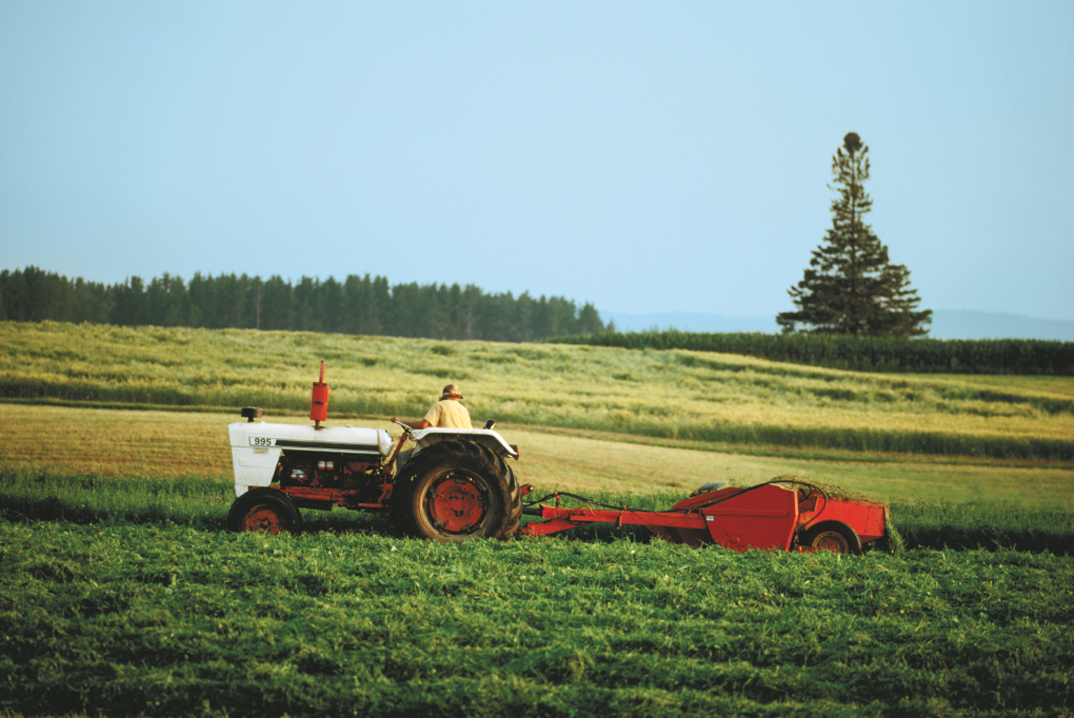238
NEW ORLEANS — Flooded fields and fickle temperatures put Louisiana farmers and ranchers in a pensive mood as they gathered here Thursday for the Farm Bureau Federation Convention, the state's largest annual celebration of agriculture.
"I'm afrai
La. farmers brace for worst year since 2008
previous post




